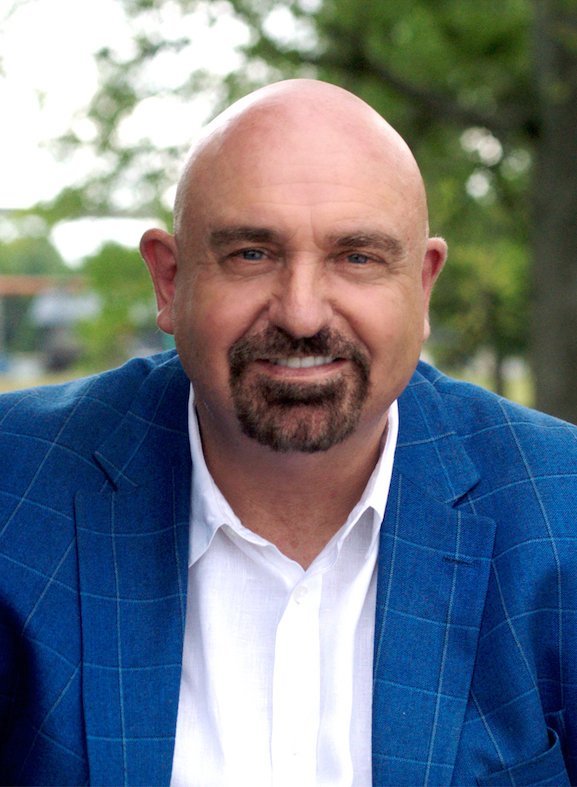Why Do I Need Private Mortgage Insurance?
Posted by Gary Ashton on Friday, July 26th, 2019 at 12:56pm.
 People who put a down payment on a home of less than 20 percent are typically expected to pay private mortgage insurance. With an understanding of the reasons for private mortgage insurance and the average costs, buyers can better prepare for their PMI obligations.
People who put a down payment on a home of less than 20 percent are typically expected to pay private mortgage insurance. With an understanding of the reasons for private mortgage insurance and the average costs, buyers can better prepare for their PMI obligations.
What Is Private Mortgage Insurance?
Buyers who have a significant stake in the equity of the home are, in many lenders' eyes, more likely to make their mortgage payments on time. However, demanding a 20 percent down payment is an onerous obligation for a lot of buyers, especially those seeking a first home. In many areas, such regulations make it harder to ensure a healthy real estate market. As a result, lenders have adjusted their requirements to make some accommodations to buyers who cannot put 20 percent down. Borrowers who make a lower down payment are usually required to pay for private mortgage insurance, which provides the lender with an extra layer of protection in case the mortgage defaults.
How Much Does PMI Cost?
When a mortgage applicant makes a down payment less than 20 percent, the lender will typically levy a PMI fee that represents an annual percentage of the total amount of the loan. Most of the time, the percentage paid for PMI is 0.5-1 percent of the loan, divided up into monthly payments. On a $200,000 loan, borrowers can expect to pay about $60–$140 per month, depending on the payment arrangement they make with the lender.
When Is PMI Paid?
PMI is commonly paid as part of the monthly mortgage payment, but lenders may offer borrowers different options. For example, lenders sometimes allow applicants to pay some or all of the PMI in a lump sum at the origin of the loan. This can lower the buyer's monthly payment, but might not be refunded if the homeowner sells the home early. It is important for buyers to ask about these terms, since a lump sum required at closing also adds to the amount owed, including the down payment and other closing costs.
Can Home Buyers Eliminate PMI?
With a few exceptions, homeowners can usually get rid of their PMI obligations once they have accrued more than 20 percent equity in the home. At that time, they can apply to have the PMI fee eliminated. The lender may require a specific form. Some loans, such as FHA loans, insist that PMI must be paid for the life of the loan, or for a specific amount of time. In some cases, homeowners decide to refinance their homes at the same time, as a way to eliminate PMI and find more favorable terms for the mortgage of a future home, in Nashville or elsewhere.
What's the Difference Between PMI and MIP?
MIP refers to Mortgage Insurance Premiums, and generally speaking, serves the same function as PMI. Both seek to reduce the risk to lenders for borrowers with down payments of less than 20 percent. MIP, however, applies to loans that are backed by the FHA and typically include mortgages with down payments as low as 3.5 percent. An upfront premium is required and can be paid upfront, although it's usually added to the mortgage amount. An annual premium must also be paid.
Another key difference between PMI and MIP is how and when the additional insurance can be removed. PMI can generally be excluded from a mortgage when the loan-to-value ratio drops below 80 percent. How and when MIP can be eliminated depends on when the loan originated, among other factors such as the current loan-to-value ratio and the original LTV. For example, for loans originating after June 3, 2013, with an initial LTV higher than 90, MIP must be paid for the life of the loan and for at least 11 years if it was 90 percent or lower. To find out what the current regulations are for MIP, check with your lender.
How Do Home Buyers Avoid PMI?
Although the most obvious way to avoid PMI is to make a larger down payment, lenders may present alternatives to buyers who want to avoid the payment. Applicants can, in some cases, take on a second mortgage to purchase the home and avoid PMI. In this instance, a borrower might take out a primary mortgage at 80 percent of the home's value, then take out a loan for the remaining percentage of the home's value, minus the amount of the down payment. However, this arrangement can be risky, and the second mortgage usually features less-favorable terms than the primary mortgage.
The price for being able to make a lower down payment is PMI, and many buyers find it to be worth it. Knowing what to expect allows borrowers to make financial preparations for their life as homeowners.

Gary Ashton
The Ashton Real Estate Group of RE/MAX Advantage
The #1 RE/MAX team in the World!
